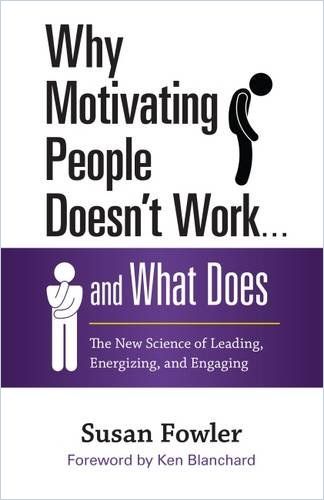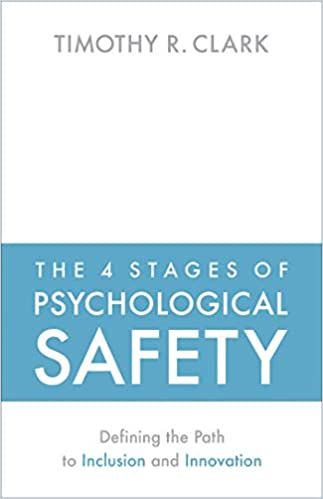How to Achieve Psychological Safety

Each and every one of us knows colleagues who are at risk of failing in their daily wrestling with all kinds of problems. They are constantly out of breath, but still can’t get off the ground – and psychologically chafe at it. They can, themselves, change something about the situation, but the greater leverage is in the environment they work in.
If you take the following four steps seriously, you will create a different corporate culture – one in which you and your colleagues can move forward.
1. Prioritize Inclusion – Which Creates a Sense of Belonging
Pay attention: Have you ever actively sidelined the colleague you thought of while reading the above paragraph? No? Congratulations. However, most of the time we are not even aware of these exclusions. It doesn’t matter whether you sometimes think you’re better, someone was niggling, or just “made a joke” – what was intended is less important here than how it was received.

Learn more about the many varieties of active and passive exclusion, and do something about it. Start with being more aware. And if you notice that others are behaving in a problematic way: Tell them!
2. Create an Environment That Encourages Curiosity and Learning
You have probably heard of the international companies McKinsey and Novartis. You may also know that these companies have been around for a long time – and are still going from strength to strength. What is their secret? These companies’ heads of learning have disclosed their knowledge to us – so let your curiosity run free:
3. Offer Autonomy Based on Performance
At the “contributor safety” stage, it’s time for employees to get off the bench and into the game. Leaders must offer workers the chance to contribute to their teams in self-directed ways; at the same time, workers must accept the responsibility to perform. Individuals shoulder more responsibility at this stage, yet leaders must continue to invest in these people, and the team culture, to cultivate their drive to succeed. So, instead of offering contests or prizes, encourage your employees by enabling them to gain autonomy. That is the secret to motivation.

- Offer independence.
- Relate to them as human beings.
- Help them grow professionally and personally.
- Don’t worry about what they can do for you.
- Worry about what you can do for them.
In that environment, your employees will become more motivated to perform better. When you offer autonomy, relate to them as people and encourage their competence, employees will respond. That’s simple human nature.
4. Protect Employees Who Challenge the Status Quo
At this stage, teams not only contribute, but they also have the confidence – and permission – to challenge current processes and ideologies. Respect and permission combine to create a culture in which exploration and experimentation thrive. Since individuals risk the most at this level, leaders must provide protection, and they need to be able to give – and receive – criticism.

Remember:
- Criticism is not always negative.
- Sometimes you can use it to help a good performer reach an even higher level.
- For criticism to be effective, leaders need to create an organizational culture that accepts it.
- Mutual trust and respect help nourish a workplace that embraces and appreciates criticism.
- Create unambiguous relationship boundaries, and set shared goals and priorities.
- People working in a trusting atmosphere understand that criticism can help them and won’t question givers’ motives.
Note
The framework of this article is based on insights taken from the following abstract:





